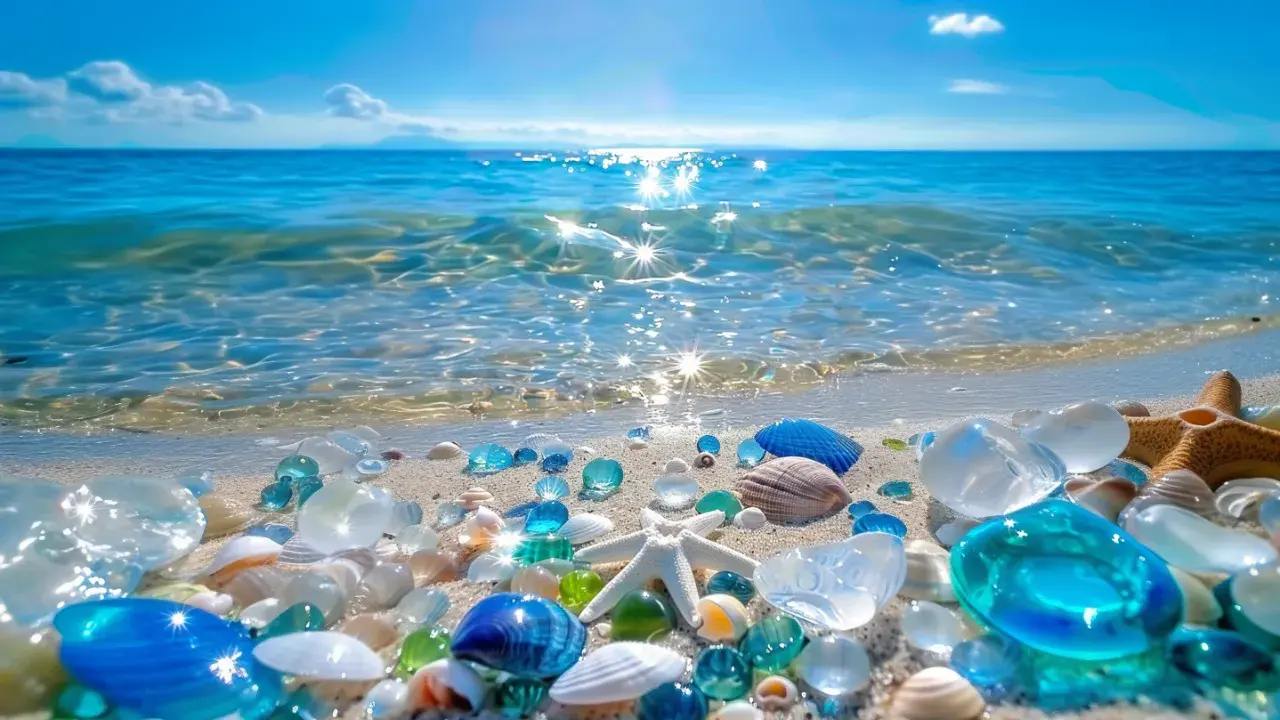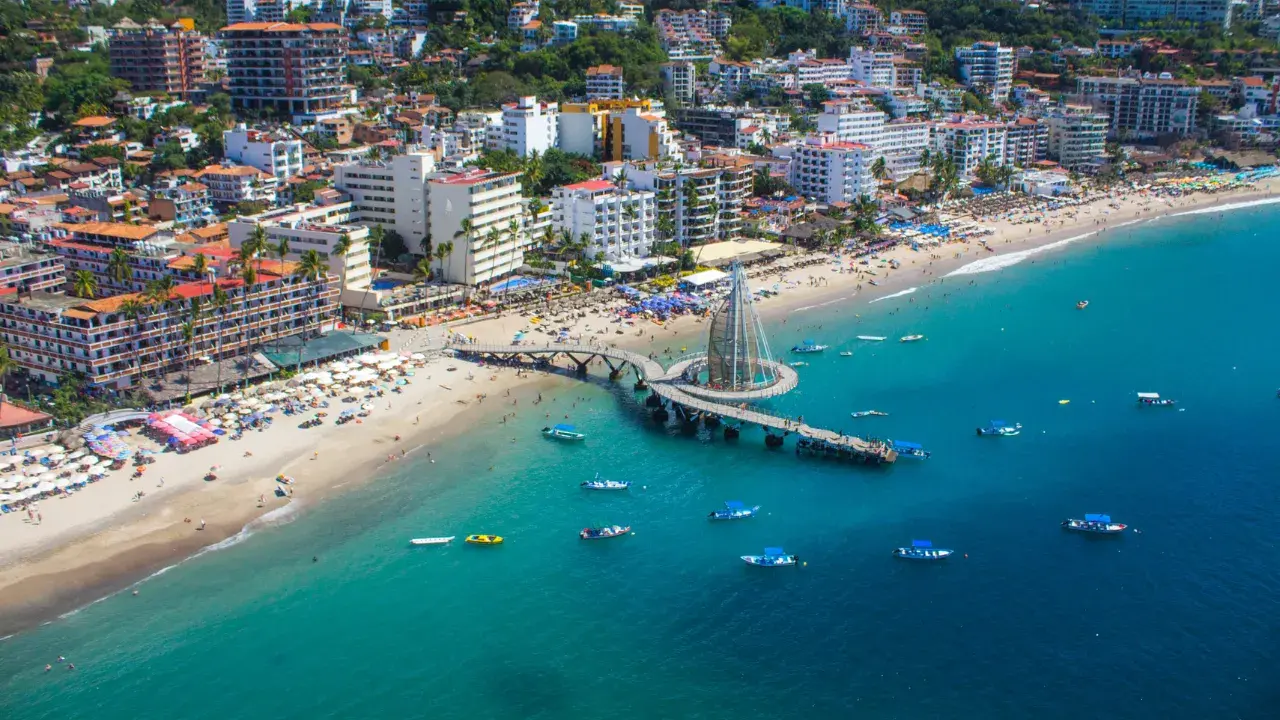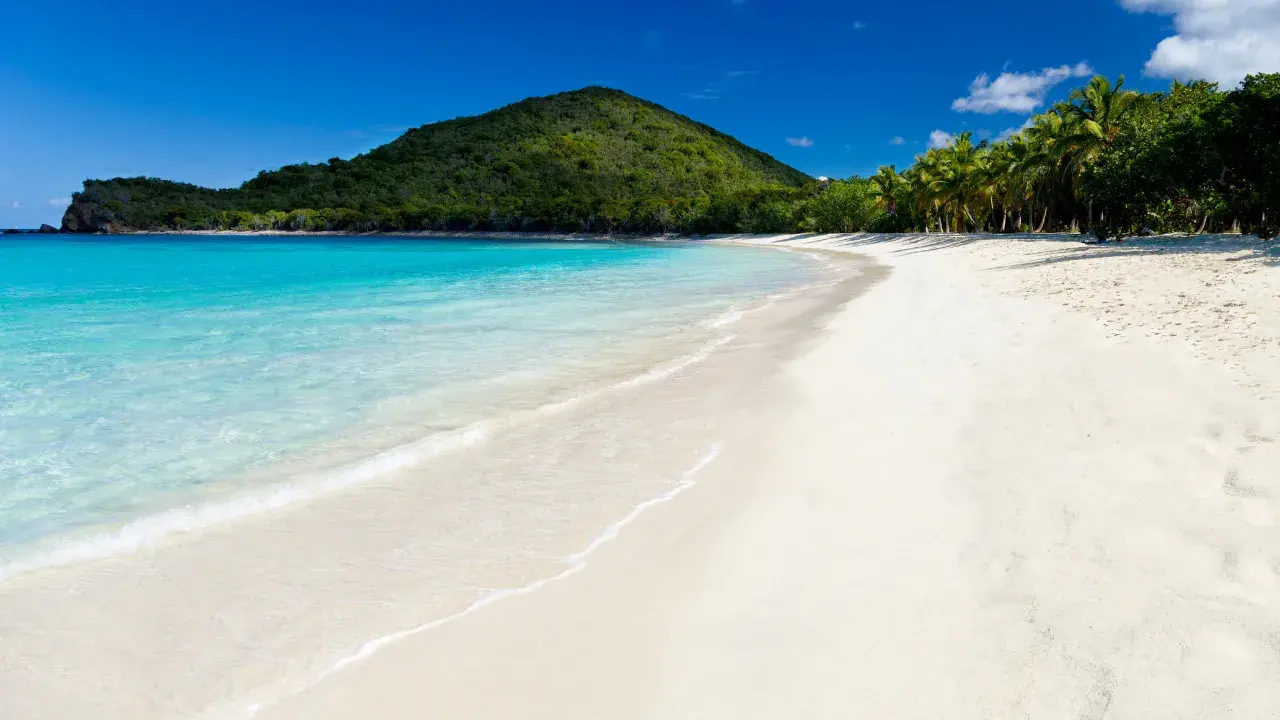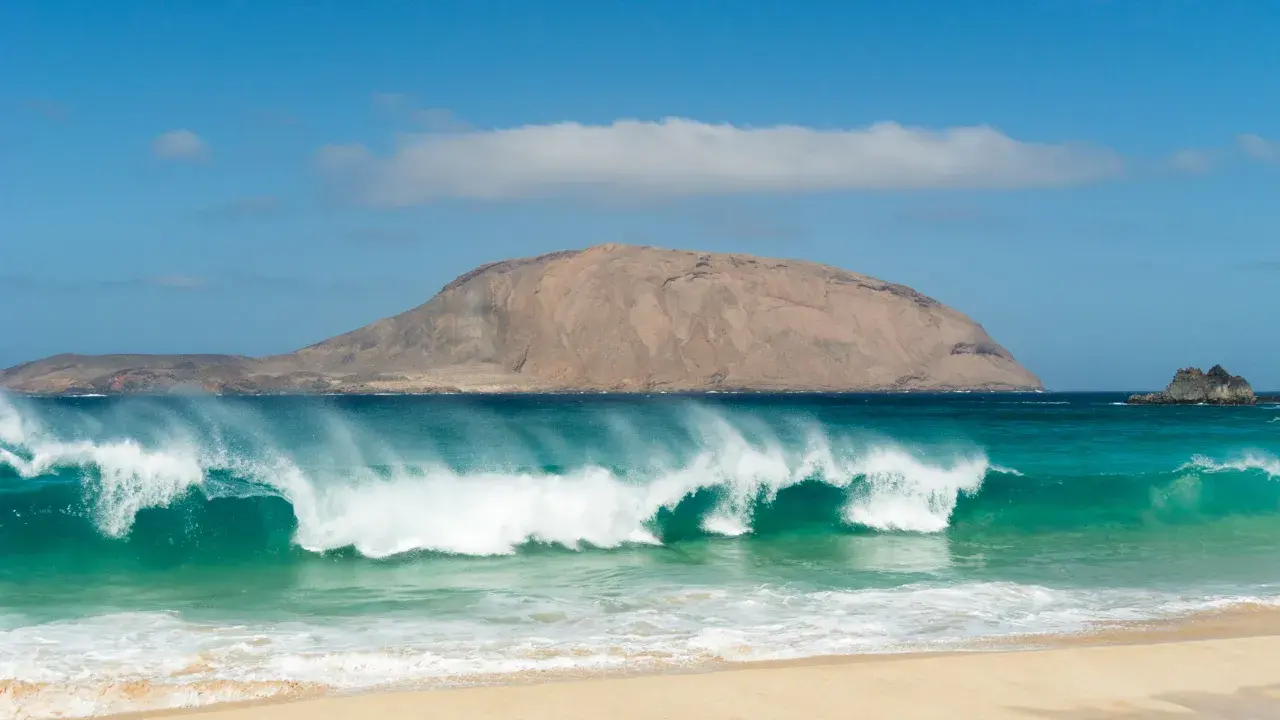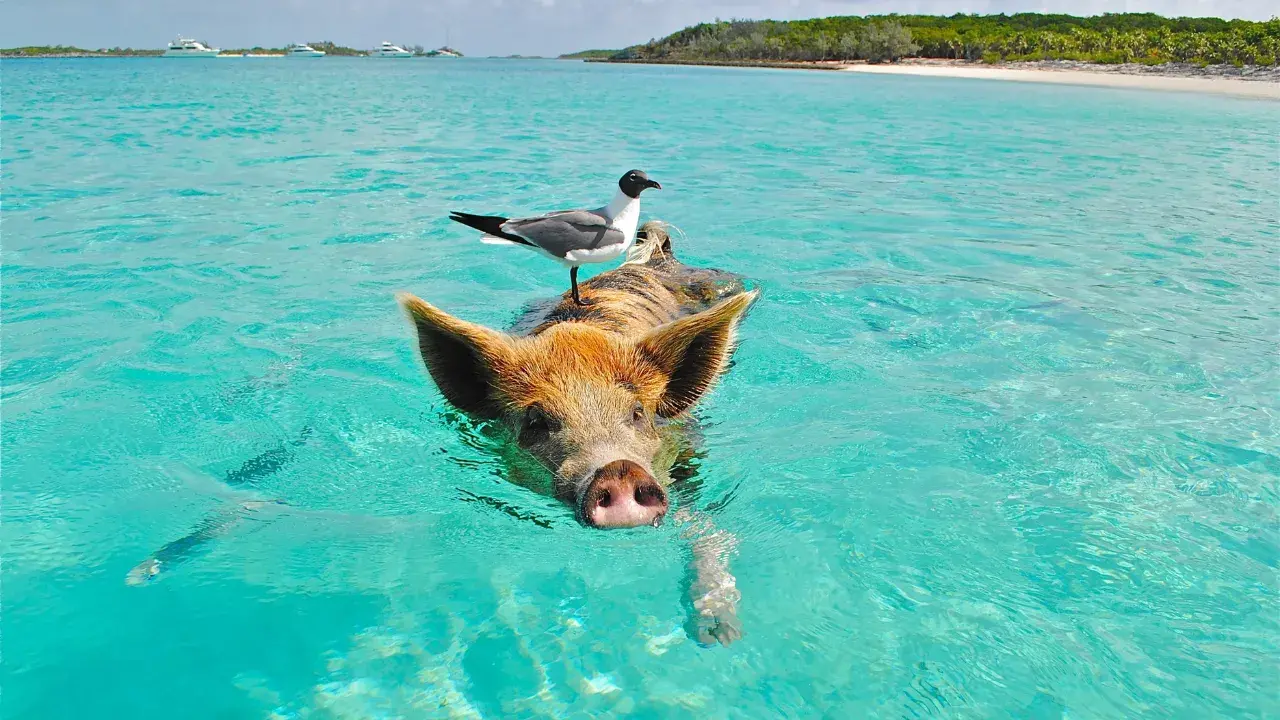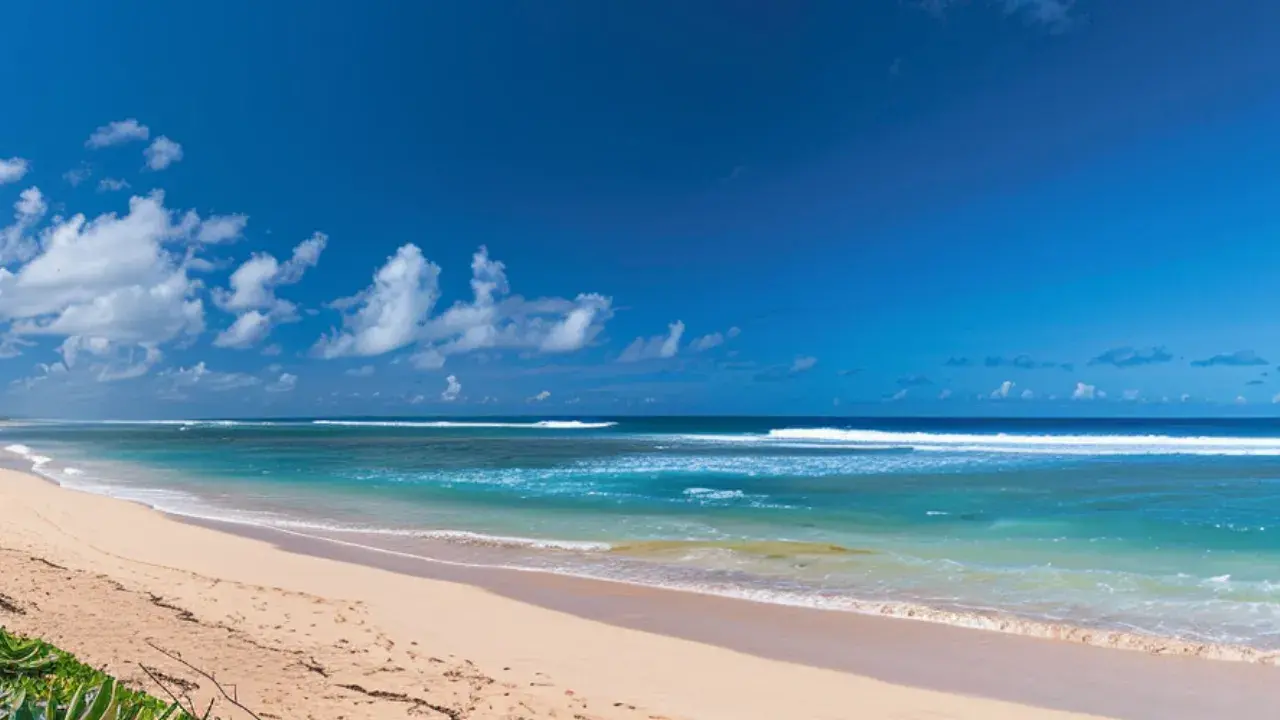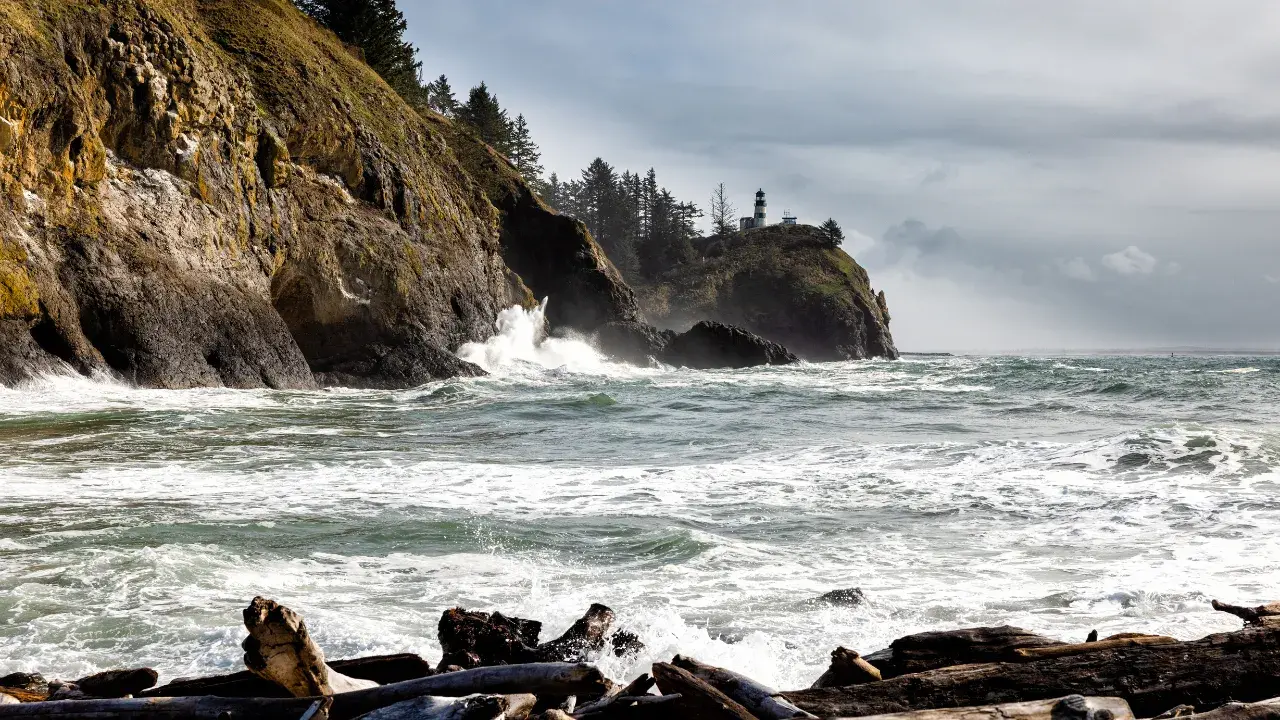10 Beaches with Funny or Curious Names
• Posted June 10 • 2024.
If you're reading this, it's quite likely that you're someone who simply loves beaches. Whether they're hot, cold, or warm, beaches are magical places for people like us, full of life and beauty. But did you know there are beaches with really funny or curious names? Did you also know that many of these names have legends surrounding them? Join us as we explore 10 beaches around the world with quite striking names.
1. Playa de los Muertos - Beach of the Dead. (Mexico)
This beach has a rather curious legend surrounding its name. It's said to owe its name to the battles between pirates in the area several centuries ago. According to this legend, the battles were so fierce that when they ended, many dead bodies lay around the place. Another version tells that it was once a cemetery for a local ethnic group a long time ago. Finally, another version says that its name comes from the locals, tired of the pirates' presence and abuses, deciding to confront them one day, ending in tragedy and many deaths.
As you can see in the photograph, Playa de los Muertos is a spectacular place, full of life and colors, so its name has nothing to do with the wonders we can find while being there. A curious name for such a beautiful place, don’t you think?
You might also be interested in:
2. Playa Escondida -Hiden Beach (Mexico)
This beach is also known as Playa del Amor or Beach Love, and it gets its name because it is literally hidden beneath a crater and can only be reached by swimming about 200 feet and crossing a marine tunnel. This name doesn't have a legend around it; it is simply a hidden beach on an island, beneath a crater. It's a spectacular place but with a delicate ecosystem. So much so that the Mexican government has protected it for many years, and there are many restrictions for visiting, both in terms of hours and the number of people allowed. An incredible place, you definitely need to add it to your must-visit list. To see more click Discovering Playa Escondida.
3. Beer Can Beach (USA)
This beach owes its name to the number of beer cans that used to accumulate due to its visitors. Its official name is Sumner & Dolphin Beach, but locals affectionately call it Beer Can Beach. It's a quiet place where many visitors go to walk along the shore or surf. It's a very large beach, allowing for long walks or simply exploring while sunbathing or walking the dog. This beach is not the only place with this name; other locations have started adopting the same nickname for the same reason, the large number of beer cans found there. Funny, yes, but I'm not sure if it's funny haha or funny weird.
4. Smuggler’s Cove (Virgin Islands)
In this case, it seems like the name clearly indicates why it’s called that, don’t you think? The name Smuggler’s Cove comes from its history as a refuge for pirates and smugglers who operated in the region centuries ago. It wasn’t just a hideout for them, but also for their loot, which they also hid there.
Today, Smuggler’s Cove is a paradise for tourists who visit it. Known for its isolation and tranquil atmosphere, it offers an experience of absolute relaxation while appreciating the natural beauty of the place. It's a far cry from the turbulent times from which it got its name, making it a must-visit destination.
5. Playa de las Conchas (Spain)
In this case, this beach takes its name from the abundance of seashells found on its shore (Beach of the Shells). Shells of all colors, shapes, and sizes are washed up by the sea, ready to be appreciated by the human eye. Due to its location and size, 2001 ft in length, it maintains its pristine and tranquil environment. The beach is covered with fine golden sand and a large number of seashells on its surface, creating a truly captivating setting for its visitors. Being right in front of the Atlantic Ocean, it might not be the best idea to swim there, as the waves are strong and can be dangerous. Ultimately, perhaps the best part of this beach is its scenery, filled with fine sand, seashells, and surrounded by mountains.
6. Pig Beach (Bahamas)
This beach is also known as Big Major Cay, a small uninhabited island located in the Bahamas. It has a unique characteristic that makes it extremely attractive to tourists... a population of swimming pigs. You read that right; this beach isn't named for having pig farms or anything similar, but rather for the peculiar population of free-roaming pigs swimming in its waters without a care in the world. This unique destination has become a very popular tourist attraction due to its charming and distinctive swimming pigs.
In addition to these delightful animals, the beach itself is spectacular and beautiful, with crystal-clear waters and soft white sands, but who cares? Look at the pigs!
7. Playa del Diablo- Devil's Beach. (Uruguay)
This beach takes its name from the legend of the devil's presence in every corner. As with any legend, there are more than one version. The first version is that the strong winds and intense waves, which always cause disasters in fishing villages, were immediately associated with evil and the devil. Another version mentions that the fishermen named it this way due to the dangerous currents in the sea, making the ocean seem wild and fearsome, as if the devil were present.
Today, Playa del Diablo continues to be a place for fishermen, but it also receives some tourism, especially from locals and people looking to surf when there are strong waves. It’s not very recommended for swimming calmly, but it has a curious name and history, don’t you think?
8. Barking Sands Beach (Hawai)
The name of this beach comes from a truly interesting fact... the beach barks. You read that right! The beach barks. Or more accurately, the sand at Barking Sands Beach barks. The sand emits a sound that resembles a bark due to the specific properties of the sand grains and how they collide and rub against each other. So, the sand at Barking Sands has the perfect combination of size, shape, and moisture content to produce this characteristic sound, a bark.
Of course, this Hawaiian beach is beautiful, full of color and natural beauty. It’s also very large, making it ideal for walking and exploring. Another interesting fact is that part of the beach is on military land, so not all of it is accessible to the public. But in my opinion, the fact that a beach barks is more than enough reason to visit it.
9. Cape Disappointment State Park (USA)
Cape Disappointment owes its name to a curious historical fact... In 1788, British Captain John Meares had been searching for the mouth of the Columbia River, but due to dense fog, darkness, and dangerous waters, he couldn't find it. Frustrated by his failure, Meares named the place Cape Disappointment. Ironically, just four years later, in 1792, American Captain Robert Gray found what Meares had been looking for and successfully navigated the mouth of the Columbia River.
Today, Cape Disappointment is a state park, and although its name may seem unappealing, the beauty and experiences the park offers are far from disappointing. There, you can walk along the beach, hike through forest and cliff trails, observe wildlife, or explore by bicycle. The name certainly comes from a very interesting story.
10. Hot Water Beach (New Zeland)
Hot Water Beach, located on the Coromandel Peninsula in New Zealand, owes its name to a unique geothermal feature. In simple terms, beneath this beach are currents of hot water that come from underground hot springs. So, when the tide is low, visitors dig holes in the sand large enough to sit in, wait for them to fill with hot water, and voila! They've created their own natural "jacuzzis." Amazing, right?
Besides the hot springs, Hot Water Beach also boasts stunning natural beauty, with golden sand and the Pacific Ocean in the background. In addition to creating jacuzzis, visitors can swim, surf, and explore the nearby rock formations. A great place to visit!
Concluyendo, estas playas vaya que tinene nombre curiosos, ya sea que partan de una leyenda como Playa del Diablo, o bien partan de un hecho cientifico como Barking Sands Beach, estos lugares maravillosos simplemente nos recuerdan el ingenio humano para apreciar su entorno y nombrarlo de manera divertida o anectdotica.
To see more amazing pictures and leave a comment, go to the Pinterest board for this article: Click

Tastes of La Paz.
